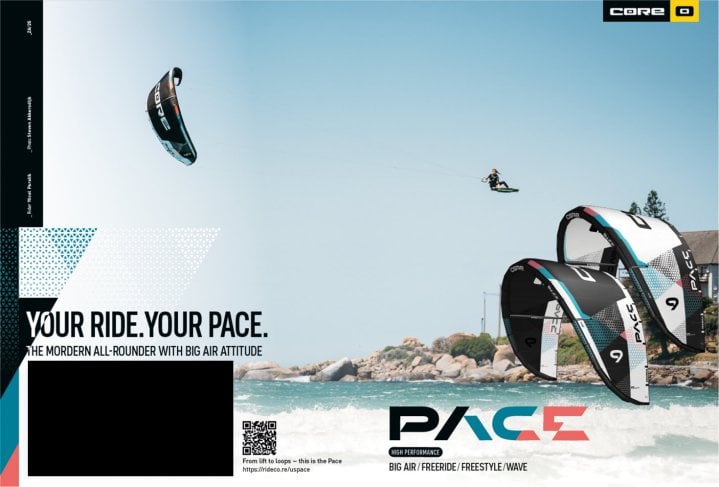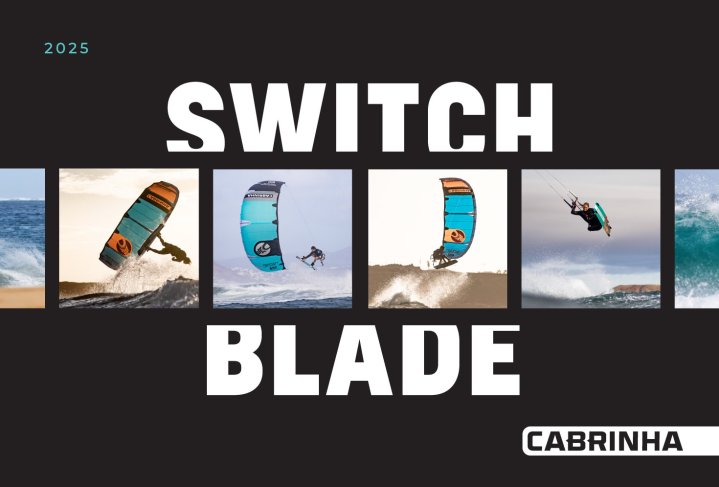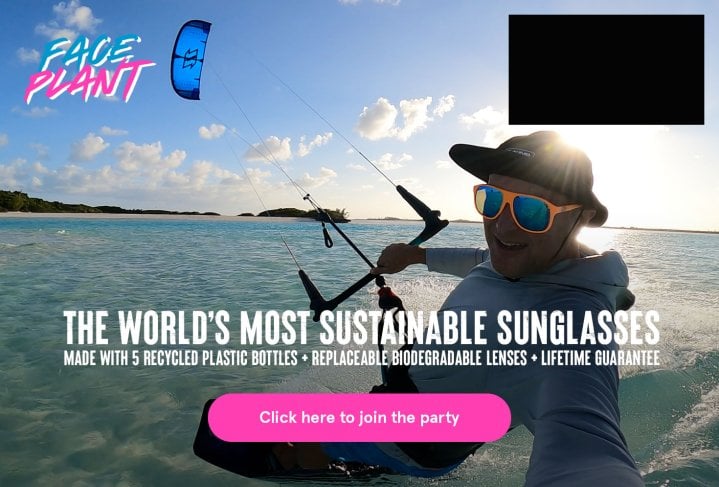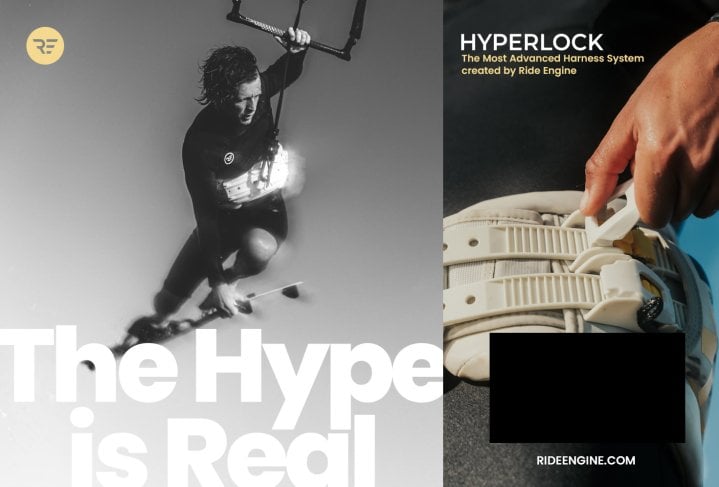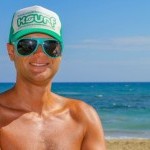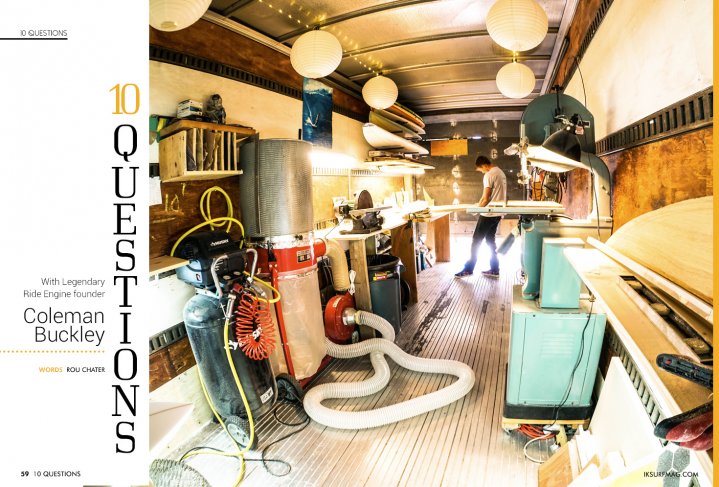
Ten Questions - Coleman Buckley
Issue 59 / Thu 13th Oct, 2016
We chat to the creator and founder of Ride Engine, an avid tinkerer who just wants to make kitesurfing better for everyone!
How did you get into kiting, you're from Santa Cruz which has a pretty big scene now, but what drew you to it in the first place and what were you doing before?
I’ve always been into surfing and water sports, one day when I was 13 I saw Jesse Richman, we’re the same age, throw a truly massive air. That’s when I became interested in kiteboarding but didn’t have a chance to pick it up then. About eight years later I was driving far from town looking for surf that wasn’t super crowded and stumbled upon a large point break with a sparse crowd of kiters that were getting insane rides. It seemed like they were on to something so I tried it out.
The first Armor harness was a hit with your pro riding buddies, at what stage did you realise you had created a success story?
At the time I invented the harness I was working a lot of odd jobs to pay the bills, ding repair, tutoring high school kids, freelance illustration, growing marijuana in my closet. One day about a year into working on harnesses I realised that I had enough orders that I could stop all that and focus entirely on making gear. That felt like success.
Initially, you had to send a mould back to you to get a custom bespoke harness, how did you go from that to the stock versions we see today, does everyone have the same shape back?
I made about 400 of those custom harnesses and kept the back moulds from every order more or less. When I had the opportunity to make a mass-produced version I measured all those and put the dimensions into a big spreadsheet. After some statistical slicing and dicing, I came up with some dimensions that looked right and turned out to work for ~95% of people. There are some people whose shape is too far on the edges of the bell curve to enjoy a non-custom harness, but almost everyone seems to love them.
Do you still make custom harnesses for people based on a mould?
No, I stopped, it was too much work. A single harness took a full day. I’ve got other things to do.
How did the collaboration with 7-Nation come about and what did they bring to the table?
I felt like my dream of staying home and working in my little shop was turning into a nightmare. I had too many orders to fill myself, was burned out on the repetitiveness of making the harnesses and was seeing my design theory get ripped off by a larger company that I couldn’t compete against. I decided I needed to team up with a bigger player and really liked Slingshot’s kites and brand ethos (they are a 7Nation company). Patrick Rebstock, Alex Fox, and Sam Light were riding my harnesses, and I asked them to introduce me to the guys behind the scenes, which lead to a strong partnership between the companies.
What was it like to get out of the garage and into their factory, was it an easy transition?
It was easy for the most part. The folks there took all the stress off my shoulders and really carried the ball regarding getting a product to market since I had no idea what I was doing. I still work in my garage on the next design we will produce, and they handle the business, which is a relationship that’s very enjoyable for me.
Did you have to learn new skills like CAD along the way or has that always been something you’ve worked with?
I knew some CAD etc. but had to a get a lot better at it once factories for asking for files. Honestly, though 90% of what I do is “garage tech”, just throwing things together and seeing how they feel on the water. I think that method works best because it’s easy to aesthetically polish up something that works well but hard to design function into something that was designed on looks.
The Rope Slider Spreader Bar system is ingeniously simple, did you have many prototypes to develop it, or did you always start off with such a simple idea?
That system was what everyone in Santa Cruz was using when I learned. They’d just hacksaw the hook off a regular bar and a tie a rope on. I believe I was the first offer that system to the mass market, but it wasn’t my idea.
We’re starting to see a few copies of your work reach the market, how do you feel about that?
I think it's exciting to see the idea get traction on a global scale. Making a true hard shell harness is really hard from a manufacturing standpoint. For that reason, a lot of companies took our marketing message but deliver an inferior product that can still be folded in half or has a back plate that hinges or doesn’t reach all the way to hips which all defeat the purpose of a shell harness. I feel like insufficient copies like that give the design a bad name since your average Joe rider doesn’t know that they aren’t the same.
In the end, though I think if we keep making the best product, that will carry us to success.
You’ve got a range of suits, harnesses and bags, what’s next for the Ride Engine brand?
I’ve been really into spreader bars and control bars recently. We are still a way off from having anything in the market but what we’ve got cooking is a full departure from what people are on now so I’m excited about that.
Thanks for taking the time Coleman!
Sure thing, thanks!
Videos
By Rou Chater
Rou has been kiting since the sports inception and has been working as an editor and tester for magazines since 2004. He started IKSURFMAG with his brother in 2006 and has tested hundreds of different kites and travelled all over the world to kitesurf. He's a walking encyclopedia of all things kite and is just as passionate about the sport today as he was when he first started!



